Being a good hunter means understanding the wind. Where the wind blows can tell you where your scent goes, which can spook animals. This blog will teach you about a cool trick to track the wind with a plant called milkweed.
Milkweed pods are like nature’s wind checkers. We’ll show you how to find milkweed, get it ready to use, and use it in the field.
With milkweed, you’ll be able to see exactly which way the wind is blowing, even when it’s tricky. Get ready to outsmart those animals with your newfound wind-reading skills!
What Is Milkweed?
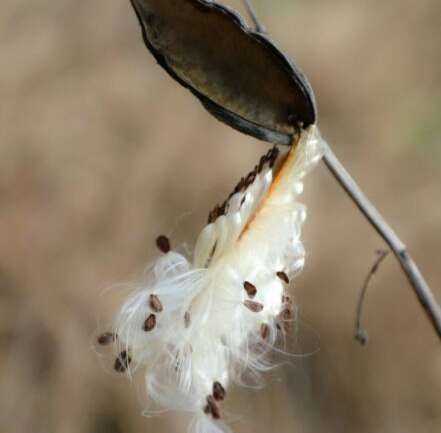
Milkweed, a fascinating plant genus known scientifically as Asclepias, isn’t just a secret weapon for hunters; it’s a vital player in the natural world.
This flowering perennial boasts two key features: a milky sap containing cardenolides, a toxin that deters herbivores but fuels monarch butterfly larvae, and the status as the sole host plant for these iconic butterflies’ young.
Milkweed’s unique makeup creates a complex relationship with these butterflies. When monarch caterpillars munch on milkweed leaves, they ingest the cardenolides, but instead of getting sick, they become toxic themselves.
This clever adaptation discourages predators from making the monarch a meal. In turn, adult monarchs rely on the nectar of milkweed flowers for sustenance, and as they flit from bloom to bloom, they transfer pollen, aiding in milkweed reproduction – a beautiful example of symbiosis in action.
What Do Hunters Use Milkweed For?
Hunters use milkweed for one key reason: its seed pods act as a natural wind indicator. Unlike some commercially available wind checkers that can be unreliable or leave an unnatural scent, milkweed pods offer a silent and effective way to visualize wind direction.
By utilizing the fluffy white fibers attached to the milkweed seeds, hunters can gain valuable information on where their scent travels, a critical factor for a successful hunt.
Since a deer’s keen sense of smell can easily detect a hunter’s presence, understanding wind direction allows hunters to position themselves downwind from their target, ensuring they remain undetected.
When to Pick Milkweed Pods for Hunting?
Timing is everything when it comes to harvesting milkweed pods for hunting. Here’s what you need to know:
- Season: Milkweed pods are generally ready for picking in late summer, stretching into early October and even November depending on your location.
- Ripeness: Don’t pick pods that are too green or haven’t fully formed. Ideally, you want pods that are starting to dry out but haven’t yet split open and released their seeds.
- Visual Cues: Look for pods that are starting to turn slightly brown or yellow. You can also gently squeeze the pod; if the seam splits easily, it’s likely past its prime for hunting purposes.
How to Dry Milkweed Pods for Hunting?
Here’s how to properly dry milkweed pods:
1. Air Drying
This is the simplest method. Find a well-ventilated area with good air circulation and indirect sunlight. A screened porch, shed, or airy attic space works well. Lay the pods out in a single layer on a breathable surface like a mesh screen or cardboard. Avoid using plastic bags or anything airtight, as this can trap moisture and lead to mould growth.
2. Sun Drying
While faster than air drying, this method requires more attention. Choose a warm, sunny day with low humidity. Lay the pods out on a baking sheet or similar flat surface. Throughout the day, periodically flip the pods to ensure even drying and prevent overheating. Bring the pods indoors overnight or during rain showers to avoid moisture build-up.
3. Dehydrator (Optional)
If you have a dehydrator, you can use it to speed up the drying process. Set the temperature to its lowest setting, ideally around 100-115 degrees Fahrenheit (38-46 degrees Celsius). Arrange the pods in a single layer on the dehydrator trays and monitor them closely. Drying time will vary depending on the size and moisture content of the pods, but it typically takes several hours.
How to Use Milkweed for Hunting?
Now that you have your perfectly dried milkweed pods, here’s how to use them effectively in the field:
- Preparing the Pod: For optimal performance, gently open a small slit along the seam of the pod. This allows the fluffy fibers to disperse more easily when released. Be careful not to tear the pod completely open.
- Reading the Wind: Hold the open end of the pod facing downwind. As you gently puff on the pod or flick the fibers with your finger, observe their movement. The direction the fibers travel indicates the wind direction. In a steady breeze, the fibers will readily fly downwind, giving you a clear visual of the wind’s direction. In light or swirling winds, milkweed pods excel in these conditions where traditional windsocks might struggle. The delicate fibers are more sensitive to subtle shifts in wind direction, allowing you to make informed decisions about your positioning.
- Silent Scouting: Unlike commercially available wind checkers that can rustle or emit unnatural odors, milkweed pods are silent and scentless. This allows you to discreetly check wind direction without spooking nearby animals.
- Multiple Pods: Consider carrying a few dried pods with you. This way, if one pod loses its fibers or gets damaged, you have backups readily available.
Where to Find Milkweed for Hunting
Milkweed can be a hidden treasure in fields, meadows, or roadsides. Look for late summer blooms or last year’s standing stalks with seedpod husks. Alternatively, some online retailers or hunting stores sell pre-dried milkweed pods for convenience. Just search for them and you can easily find them.
How Do You Make a Wind Indicator for Hunting?
This is how you can make a wind indicator:
- Milkweed Pod: The simplest option is a dried milkweed pod! Split the seam slightly and use the fluffy fibers to read the wind.
- Yarn/Thread: Tie a 12-inch piece of yarn or thread to a branch or your bow. The lightweight will show even the slightest breeze.
- Downy Feather: Attach a small downy feather to your gear. It’s silent and effective for subtle wind shifts.
Should You Deer Hunt In the Wind?
Absolutely! Wind direction is a critical factor for successful deer hunting. Milkweed pods are ideal for deer hunting. By using it, you can easily know the direction of the wind.
Milkweed pods are silent. You can discreetly check wind direction without spooking deer.
What’s more, milkweed’s delicate fibers are more sensitive than some wind indicators, allowing you to read subtle wind shifts that might otherwise go unnoticed. This is crucial for positioning yourself downwind from deer, where your scent won’t reach them.
Ideally, you want the wind blowing at your back, pushing your scent downwind and away from deer. Even in windy conditions, you can still be strategic in deer hunting:
- Utilize Terrain: Use hills, ridges, or other cover to minimize scent exposure. Look for natural features like hills or ridges that channel the wind in your favor.
- Shifting Winds: Be prepared to adjust your position if the wind changes direction.
- Deer Behavior: Understand how deer typically move in windy conditions. They might bed down or alter their movements.
What Are The Alternatives to Milkweed?
While milkweed pods are a great natural wind indicator, there are situations where alternatives might be handy. Here are a few options to consider:
- Yarn/Thread: Tie a light piece of yarn or thread to a branch or your bow. This simple method is silent and effective in light breezes.
- Downy Feather: Attach a small downy feather to your gear. Like milkweed, it’s silent and picks up on subtle wind shifts.
- Cattails (Fluff): The fluffy white seed heads of cattails can be used similarly to milkweed pods. However, they may not be as readily available in all regions.
Skip these:
- Commercial Wind Powder: These can be unreliable and leave an unnatural scent that might alert animals.
- Cigarette Smoke: Avoid using cigarette smoke. It’s unhealthy and very likely to spook animals with its strong odor.
Conclusion
In summary, milkweed pods are a natural wind-discrimination device for hunters. The points offered above are helpful to help you find, dry, and use milkweed pods for the sole purpose of gaining an edge during the game.
Moreover, the wind is the key issue to the hunt, and the milkweed pods can be your quiet partner while they help you to achieve that. There are also varieties like yarns or feathers, which will always come in handy. Now you know how to fool those animals with your new ability to read the weather!


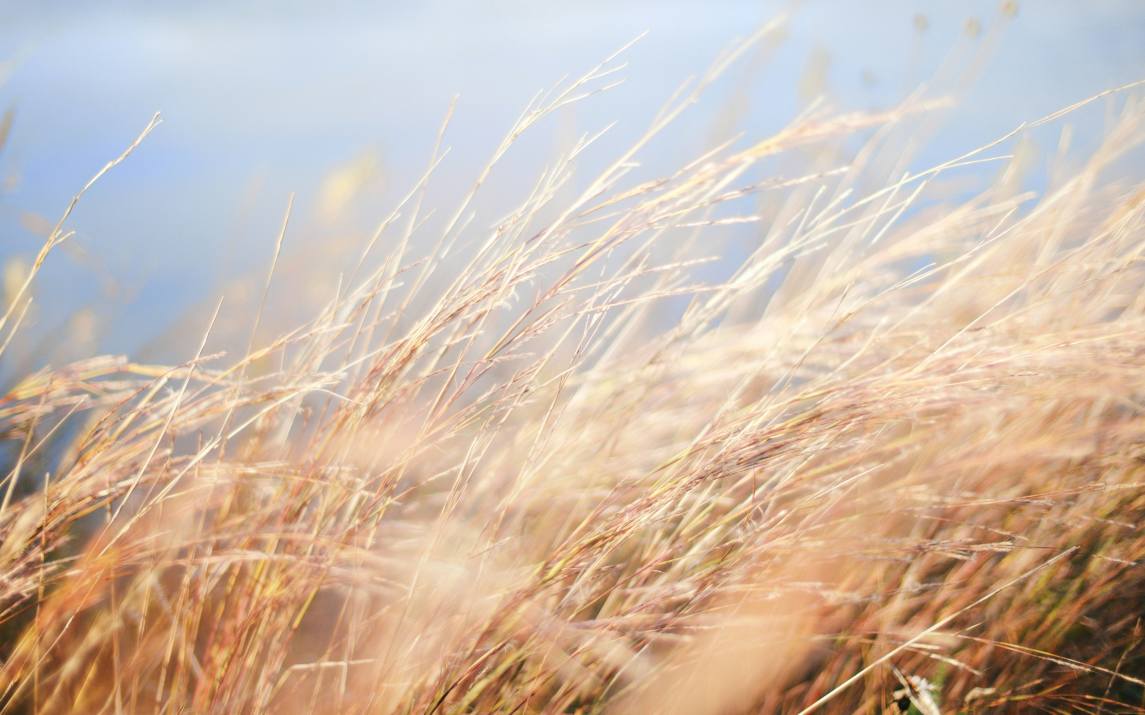




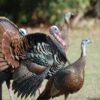

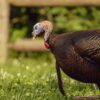

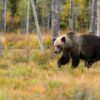








Leave a reply